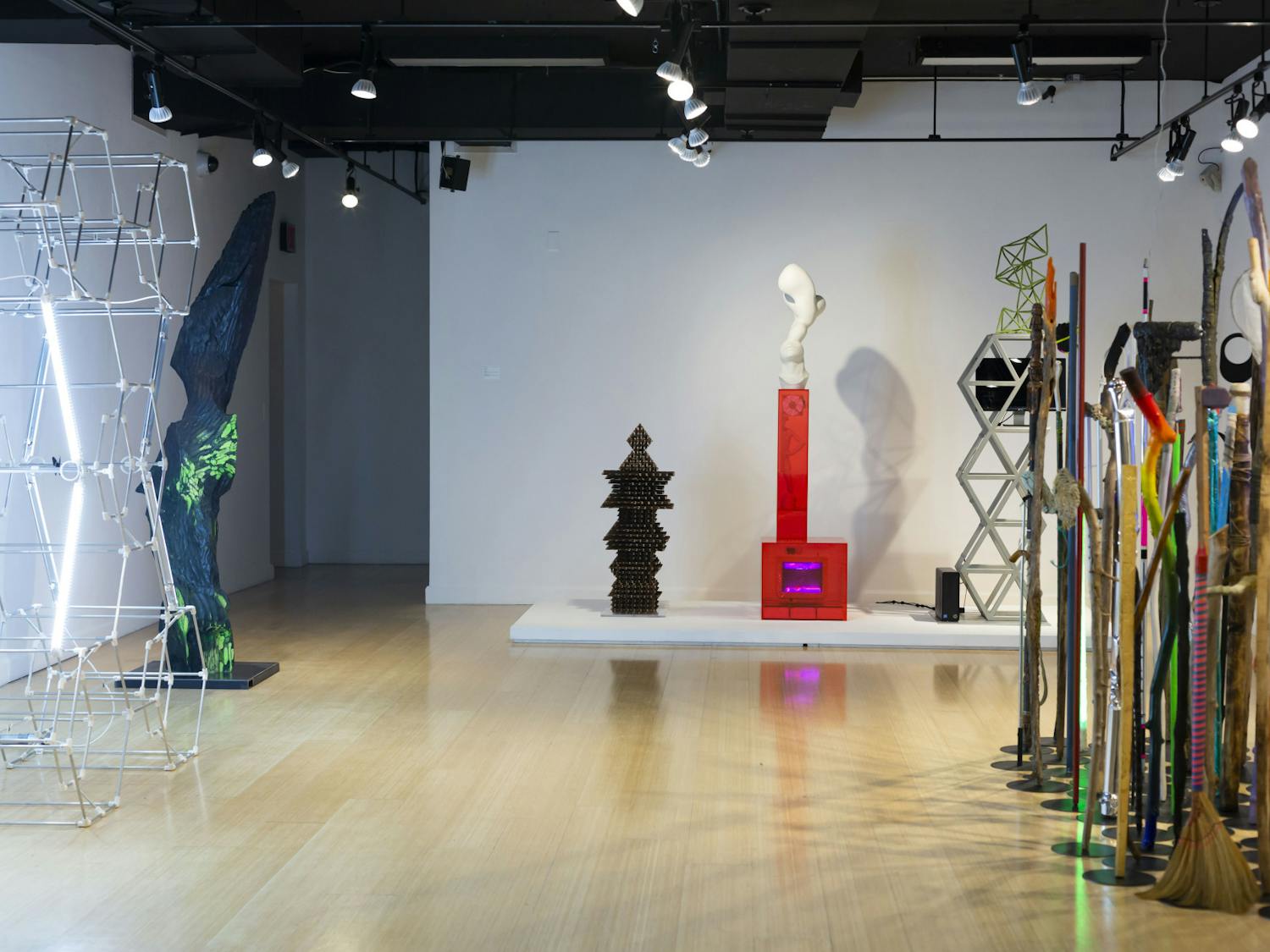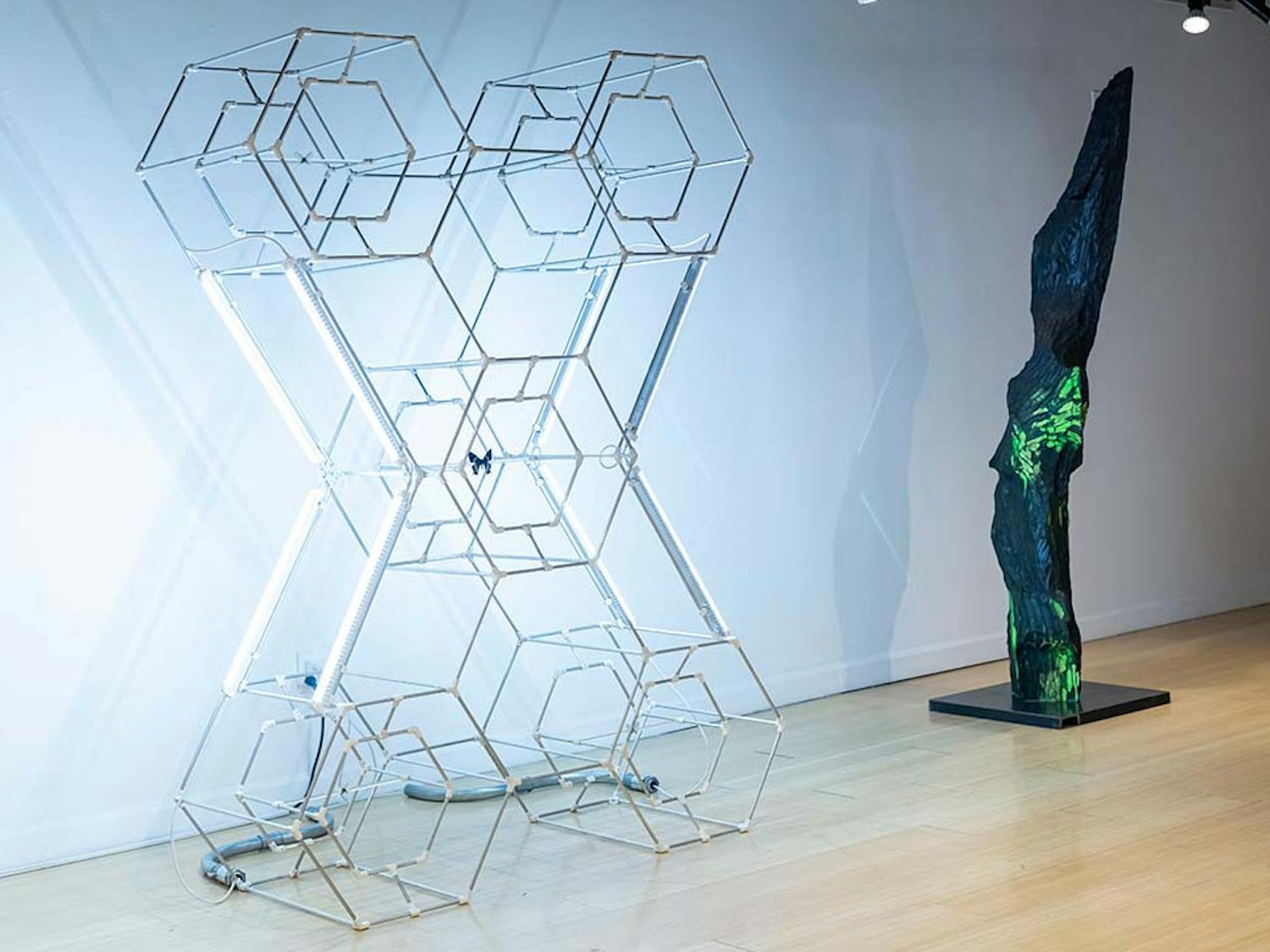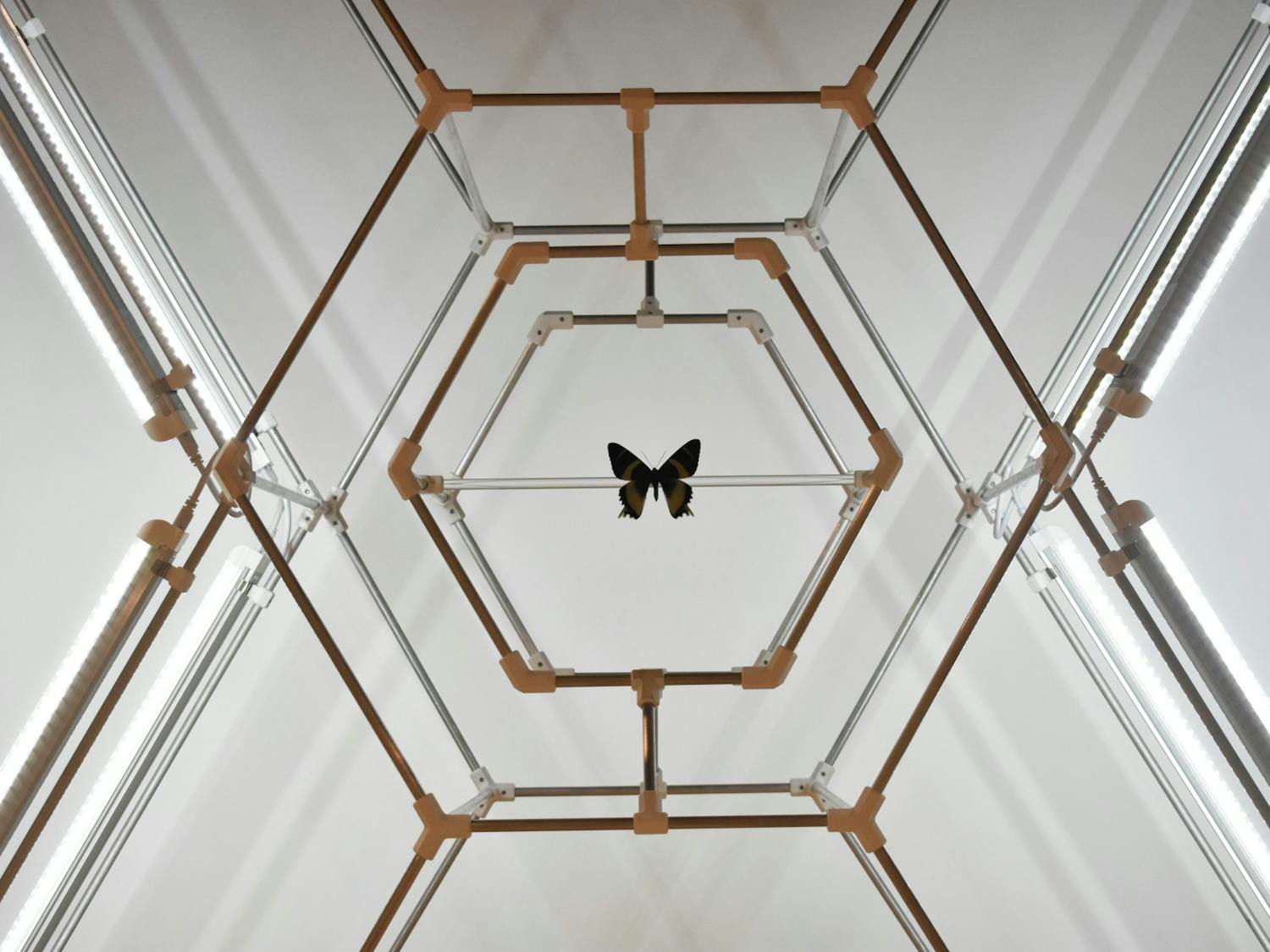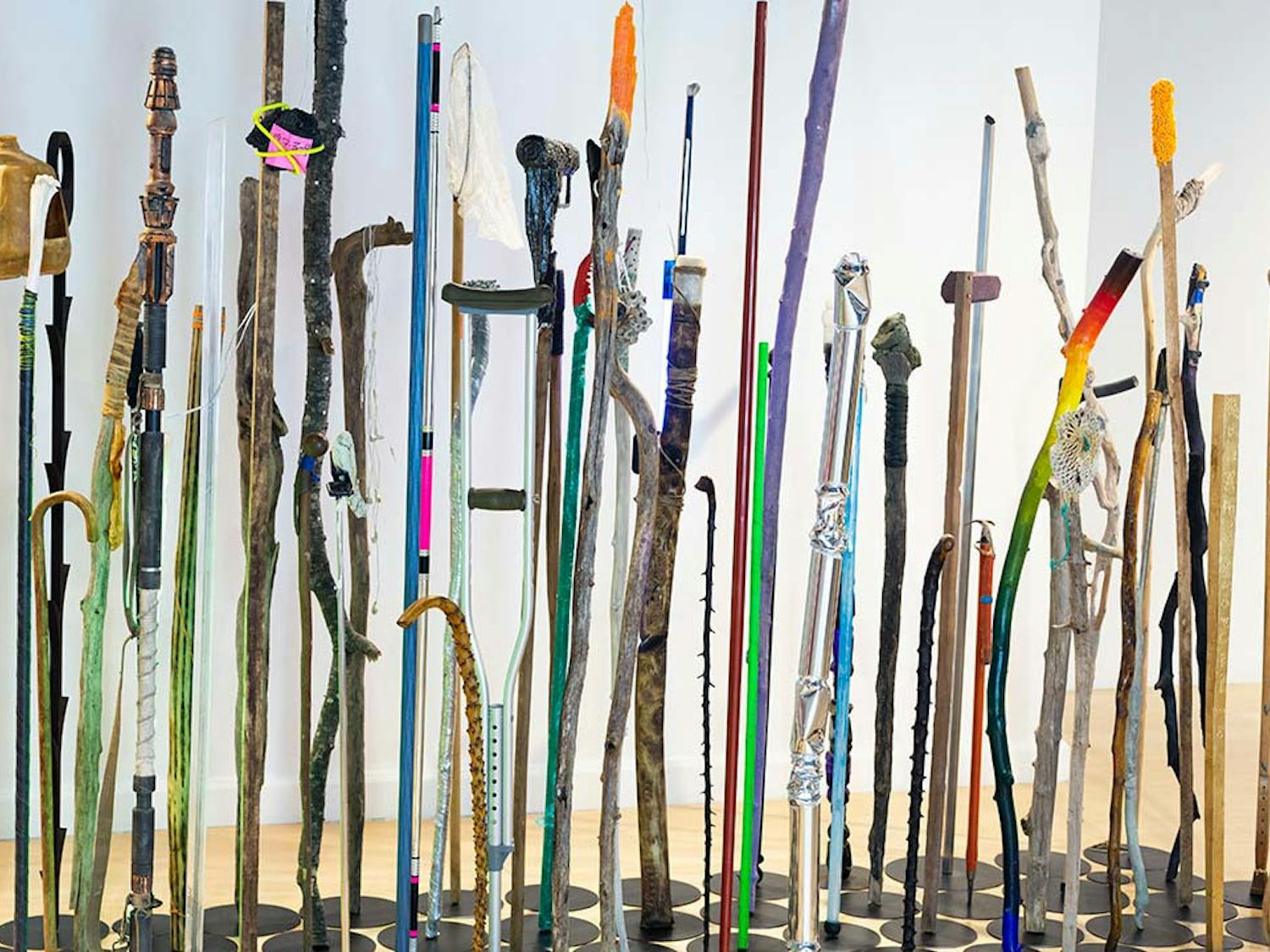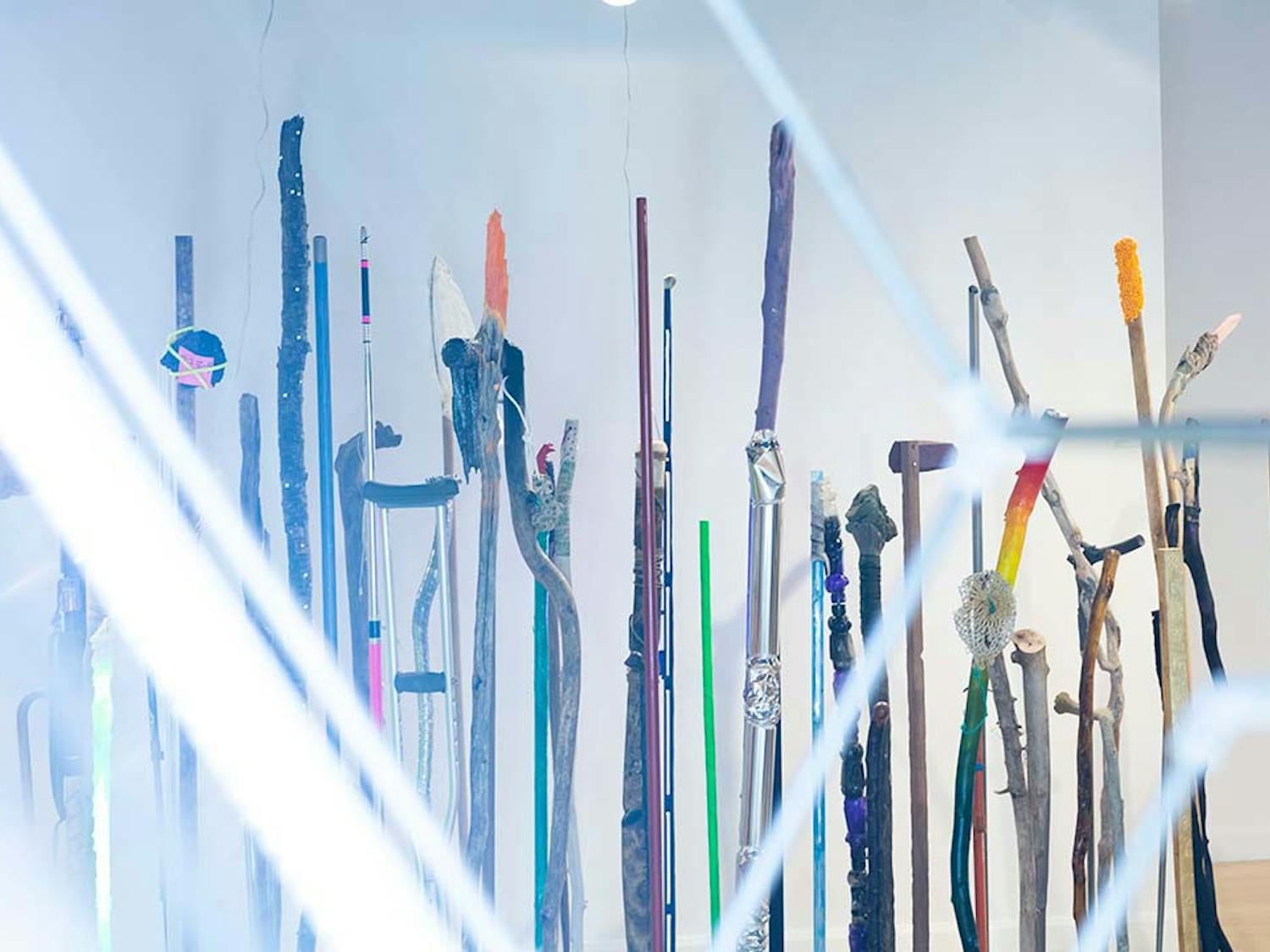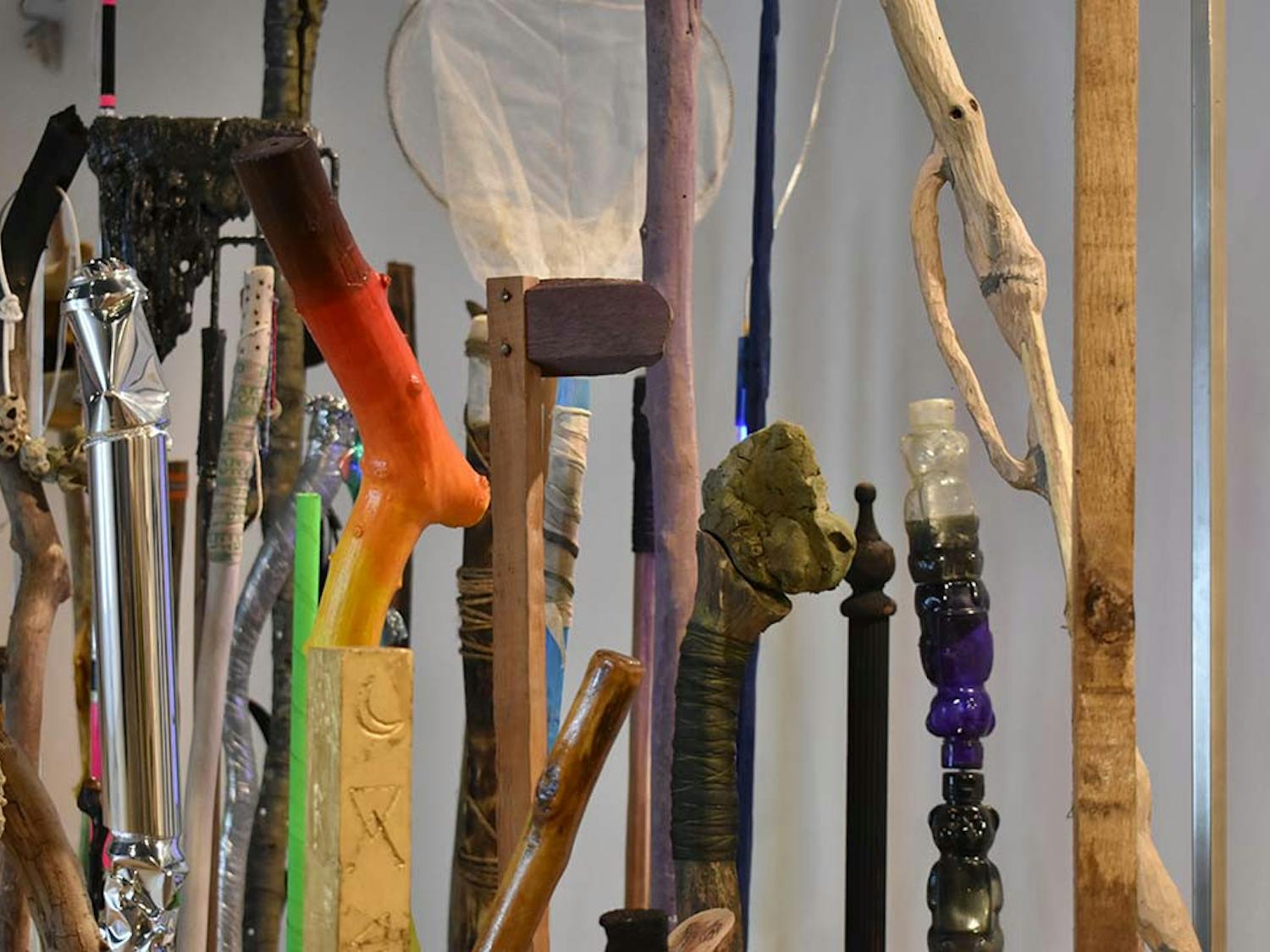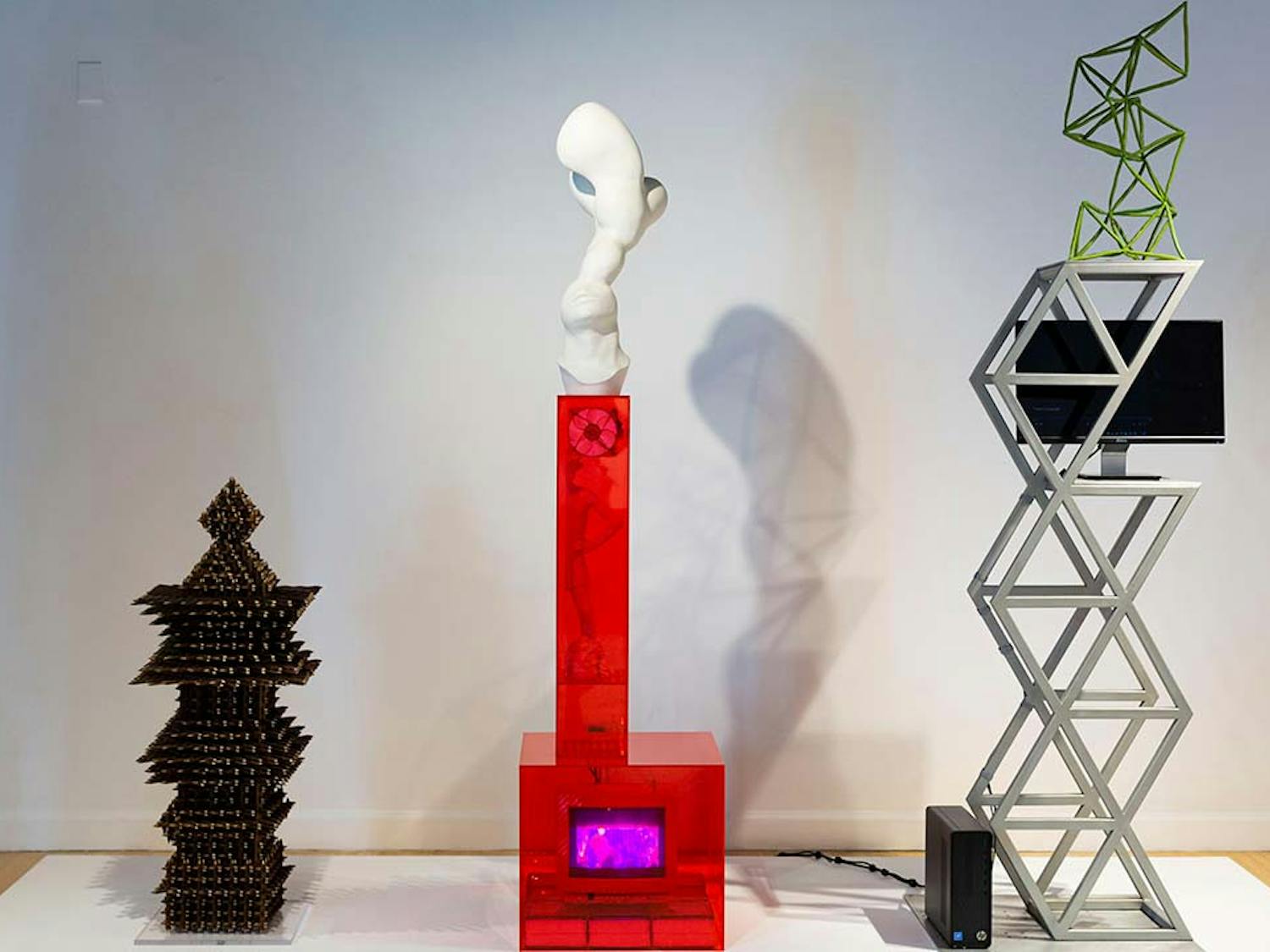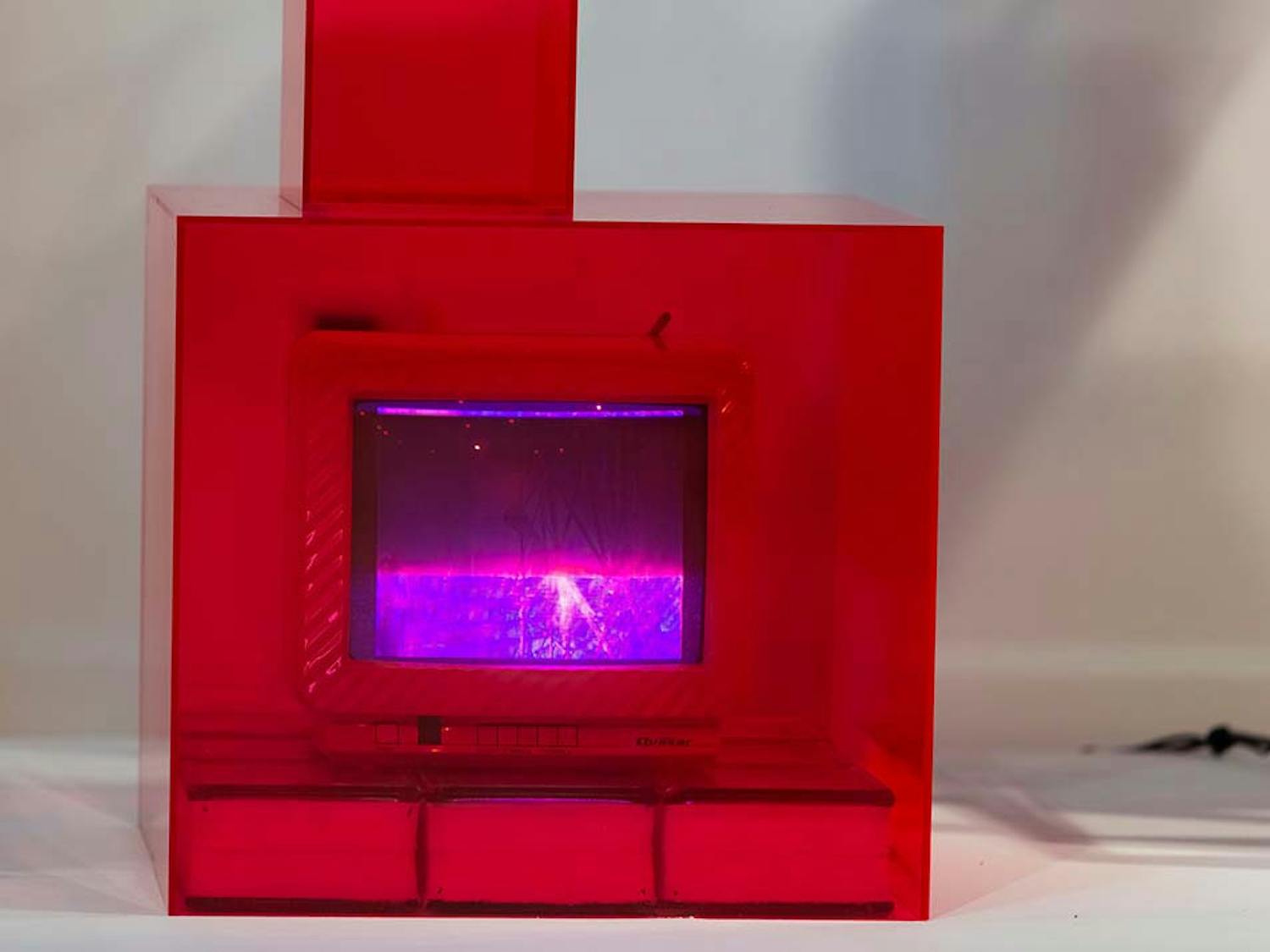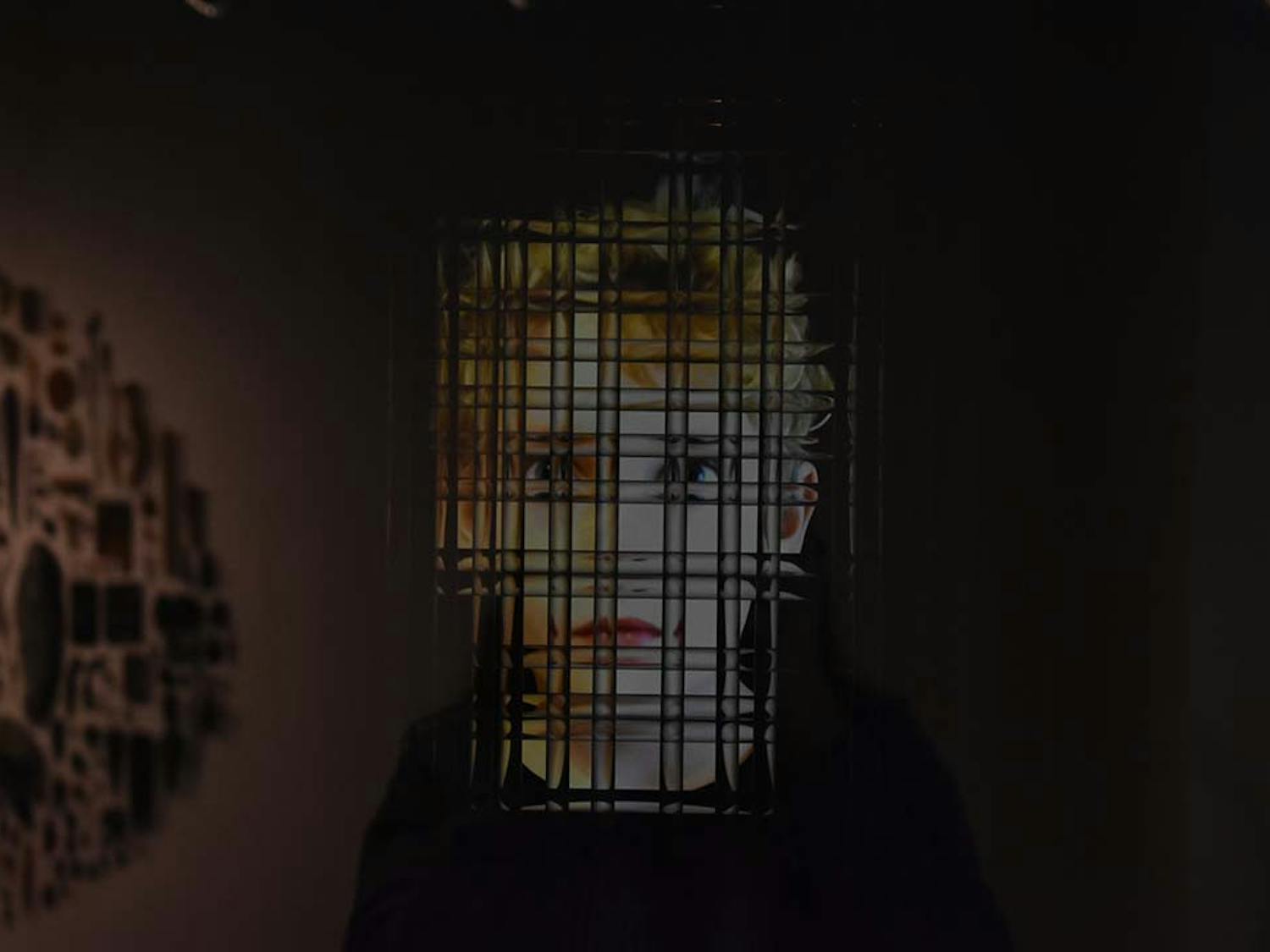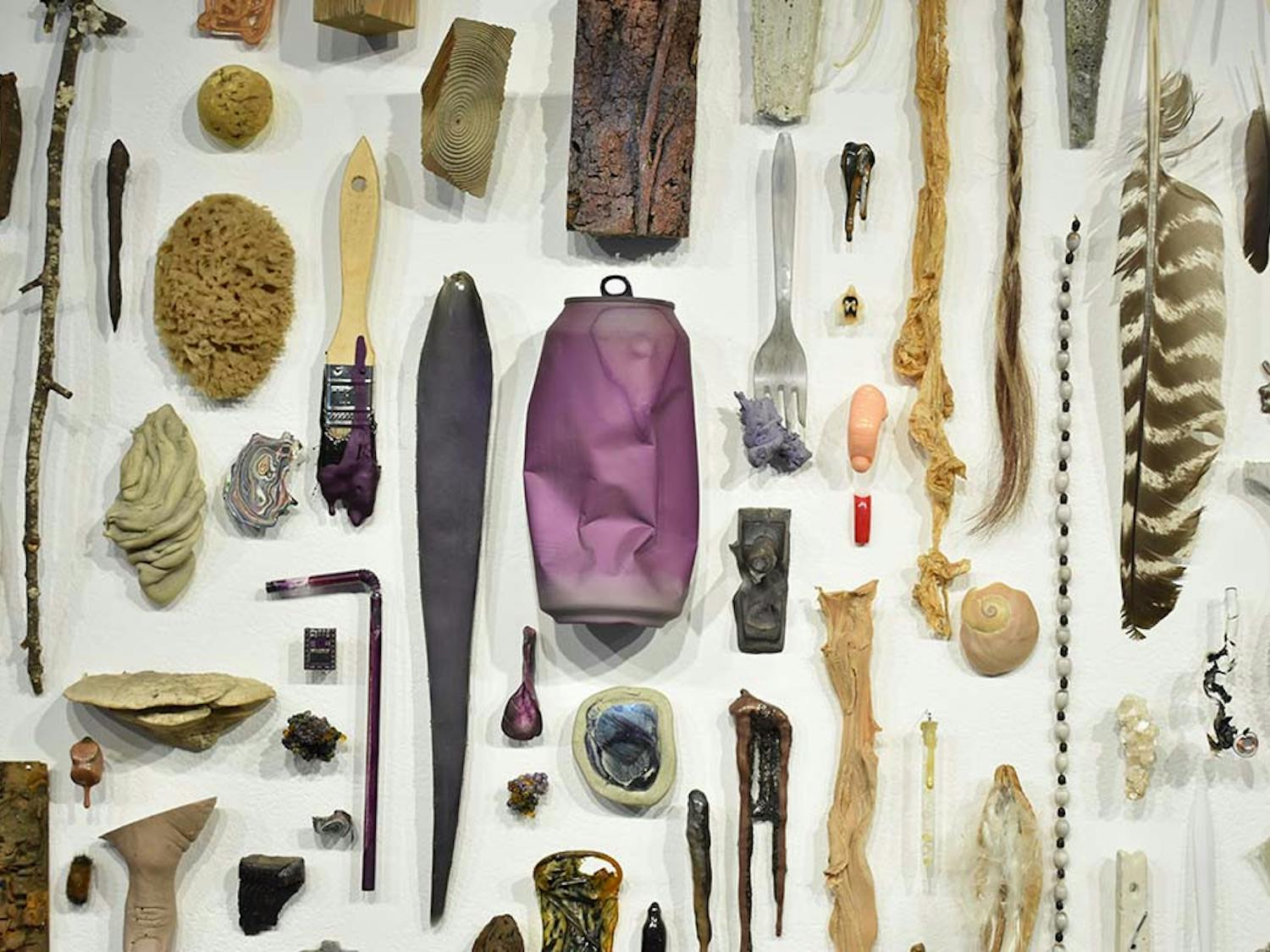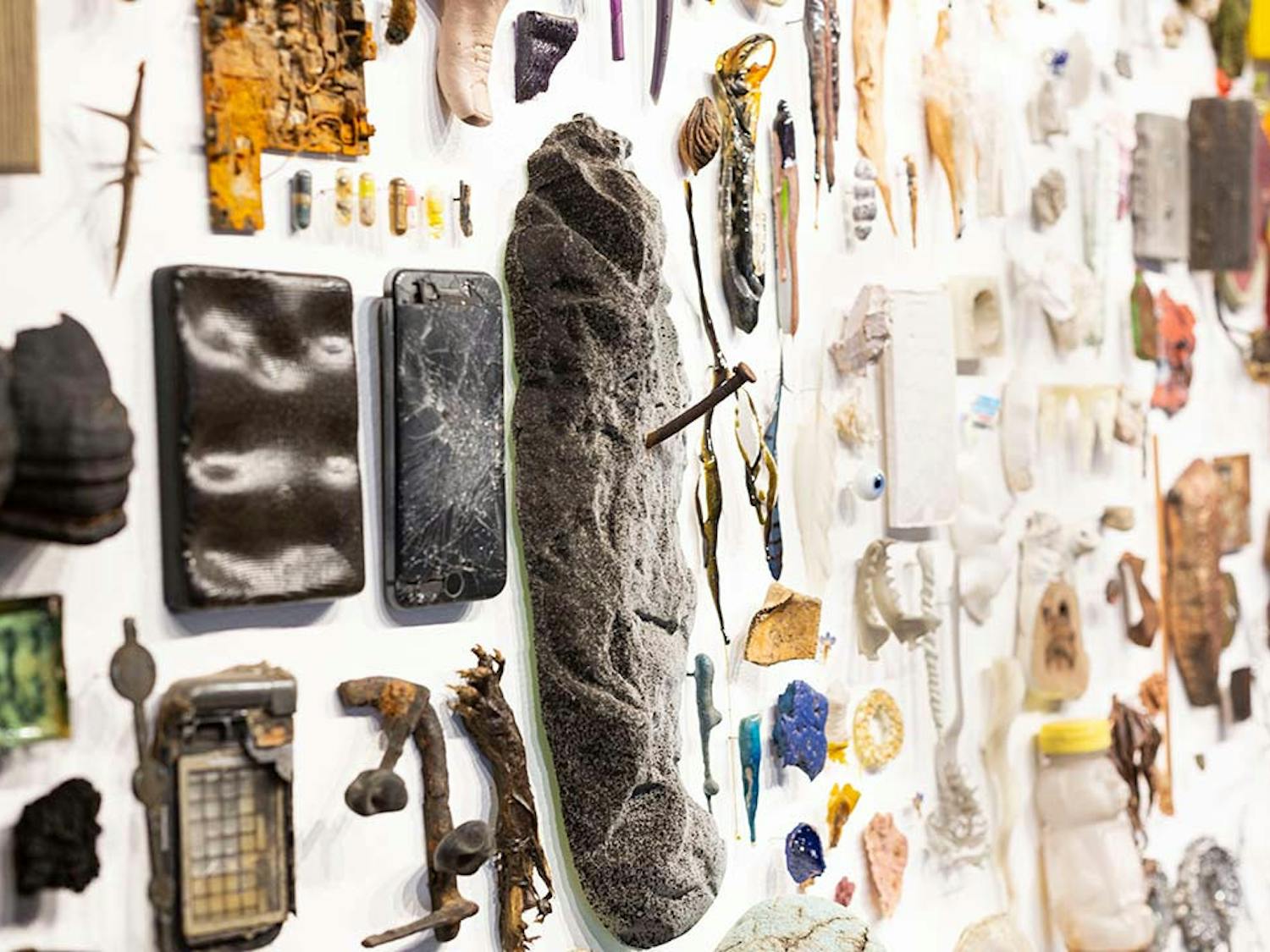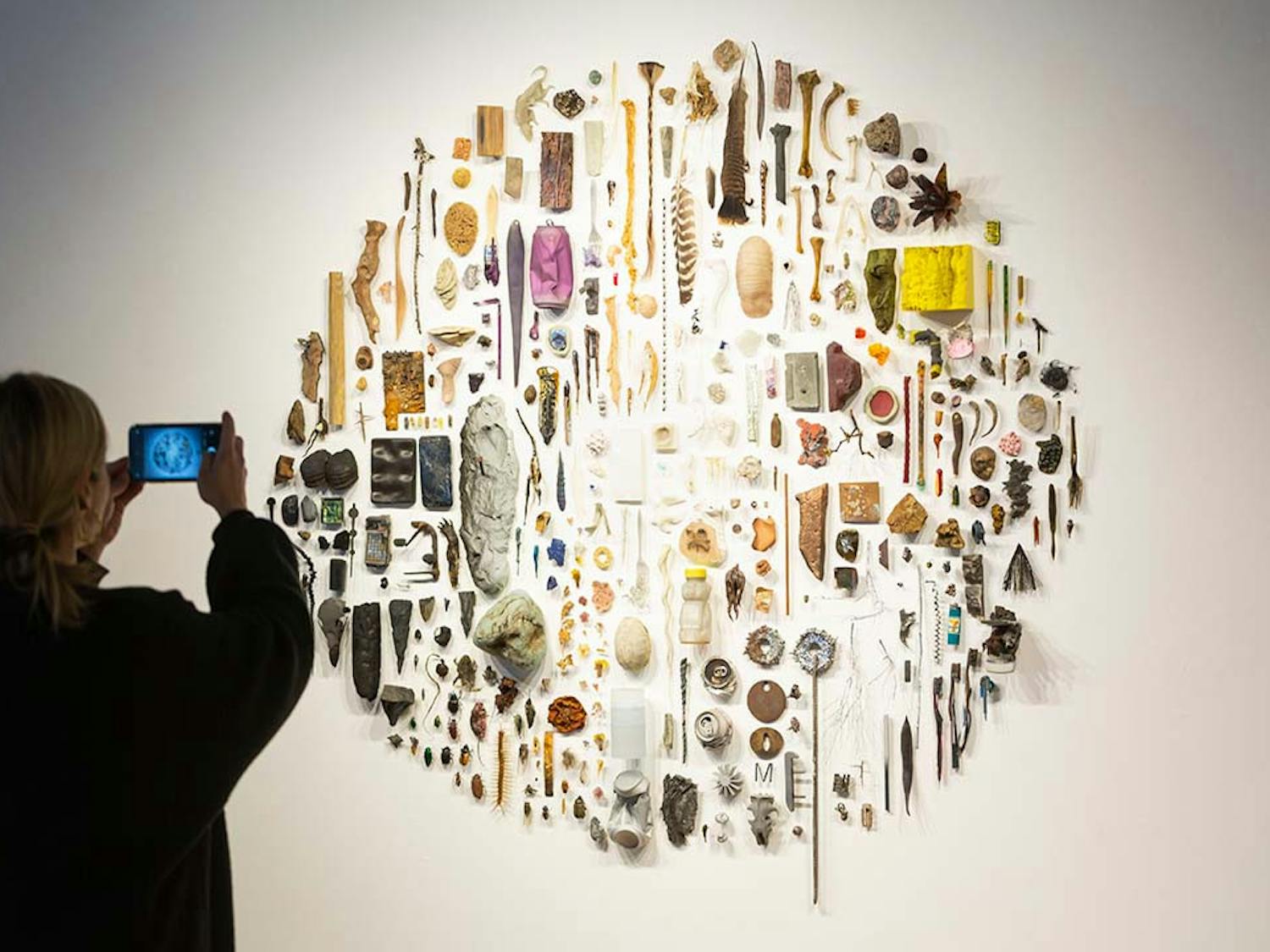The Voyage of Life exhibition combines sculptures from Christopher Mahonski and Eli Kessler. These sculptures are created using a wide range of processes and techniques, like metal fabrication and woodworking. These processes are combined with biological specimens and geological forms to expose the tensions between ecological and socio-cultural developments. The exhibition is currently being shown from Oct. 24 to Nov. 29, 2022 in the McMaster Gallery at McMaster College.
Photos: Sydney Conner and Hannah Flint

